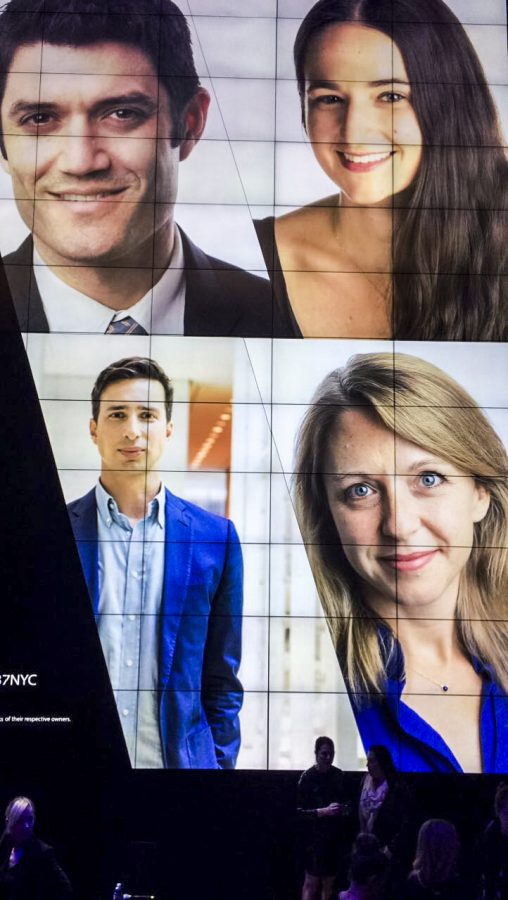The Future of News Is 360
The New York Times has launched The Daily 360, creating a 360 degree camera shot each day to add a new media angle to journalism.
November 14, 2016
The world — and the way in which people view it — is rapidly changing. Younger readers, born in an an increasingly technological world, may not remember a time without television or cell phones. This past Thursday, the New York Times in association with Samsung officially launched The Daily 360, a new way of not just experiencing, but immersing oneself in the news.
In the Meatpacking District, techies and journalists alike attended a panel regarding The Daily 360. The event was moderated by New York Times Magazine Editor in Chief Jake Silverstein and featured Associate Editor Sam Dolnick, Executive Producer of 360 News Marcelle Hopkins and Executive Producer of Audio Lisa Tobin as panelists. Their discussion, followed by a Q&A, touched upon new media, how it was created and the new types of news reporting that have come out of it.
But before these issues were discussed, it had to be explained what exactly a 360-degree camera is. Hopkins said it is a small, portable camera that takes 360-degree videos, allowing subscribers to see events in panoramic view. One of the first videos taken in this format was of the aftermath of a bombing in Yemen. By clicking and dragging on the screen, viewers were able to interactively explore the space to see the destruction left behind by the attack.
The Daily 360 is a project that will bring the world daily 360-degree videos using these cameras. Dolnick said that the project started off as a dare to see if they were able to post one video a day for an entire year. However, it soon blossomed into a movement, creating a new realm of journalism.
This technology has an impressive ability to give viewers a sense of presence and of being in a place, although they are not physically there. As Tobin said, traditional journalism and newscasting are great for analysis and information, but The Daily 360 allows people to feel.
In a world that has become increasingly divided, this type of journalism is critical. Instead of watching news from a one-sided television, people will experience the news in full and unbiased perspective. They will see the triumphs and despairs of other people and places and gain a new understanding of those situations.
Media has connected us, but it has also separated us. The public now has more access to information, but this information more often than not is packaged into social media and apps. With that comes a sense of detachment — a lack of a need to engage with any source physically or verbally.
The Daily 360 will not only focus on hard news, it will feature light and playful videos as well. But for the more serious pieces, a first-person perspective aims to bring the world closer together. To be sure, the future of journalism will incorporate this style of filming, and it’s impossible to predict the way that it will change reporting.
A version of this article appeared in the Monday, Nov. 13 print edition. Email Lily Dolin at [email protected].



























































































































































